Cryosurgery
Examples of Cryosurgery

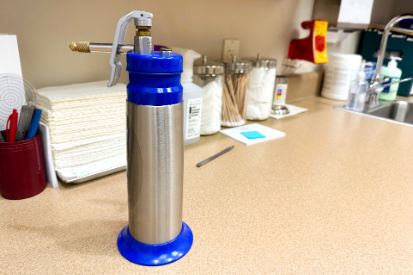
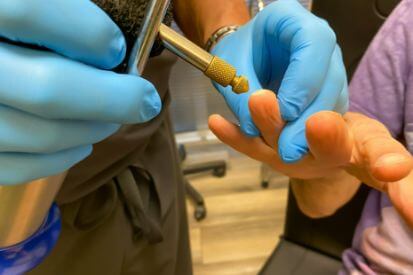

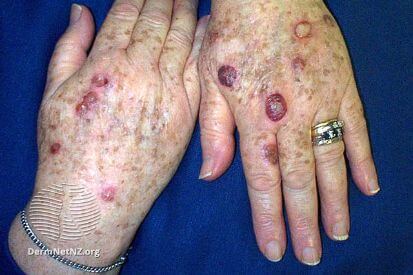
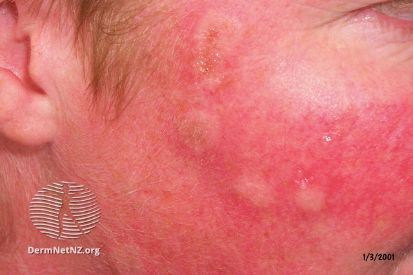

Cryosurgery Explained
As the treated area thaws, the damaged cells undergo necrosis and are eventually sloughed off, making cryosurgery effective for various skin conditions such as warts, skin tags, and certain precancerous lesions. The procedure is minimally invasive, often done in an outpatient setting, and offers a convenient and efficient approach to address specific dermatological concerns.
Benefits of Cryosurgery
- Efficient Tissue Removal: Cryosurgery provides a swift and efficient means of removing unwanted or abnormal tissues, such as warts, skin tags, and precancerous lesions.
- Minimally Invasive: The procedure is minimally invasive, typically requiring only the application of liquid nitrogen, minimizing discomfort and the need for incisions.
- Versatility: Cryosurgery is versatile and can be used to treat a wide range of dermatological issues, making it a valuable option for various skin conditions.
- Low Risk of Scarring: The controlled freezing and subsequent thawing of tissues in cryosurgery often result in minimal scarring compared to traditional surgical methods.
- Outpatient Procedure: In many cases, cryosurgery can be performed on an outpatient basis, allowing for convenient treatment without the need for a hospital stay.
How Cumberland Skin Can Help
Cryosurgery FAQs
Patients usually describe a cold sensation followed by stinging or burning as the tissue freezes, causing some patients to experience minimal, temporary discomfort.
Usually, the treated area will scab over within a week and then eventually fall off leaving healed skin. The complete healing process can take a few weeks, but the timeline varies for everyone based on your skin and the extent of the procedure.
Like any safe procedure, there are still potential side effects. This includes minor issues such as redness, swelling, blistering, and changes in skin pigmentation. Infection and scarring are rare but possible. At your initial consultation, your dermatologist will share all of this with you.
Cryosurgery is effective for a variety of skin conditions, including warts, skin tags, and certain precancerous lesions. Your dermatologist will examine your skin during your initial consultation to determine if cryosurgery is the best treatment for your condition,
Cryosurgery is a relatively quick treatment, usually lasting between 15 to 30 minutes, however, the duration will vary based on the extent of the issue and number of areas being treated. The procedure is efficient, and patients can typically resume their daily activities shortly after treatment.
What to Expect at Your Cryosurgery Appointment
The dermatologist will apply liquid nitrogen to the targeted areas using a specialized tool, causing controlled freezing of the tissues. While you may experience a sensation of cold and discomfort during the procedure, it is typically well-tolerated. Post-treatment, your dermatologist will provide aftercare instructions, which may include recommendations for wound care and any potential side effects.
Follow-up appointments may be scheduled to monitor your healing progress and ensure the best possible outcome for your skin condition.
How to Prepare for Cryosurgery
It's advisable to arrange for transportation, as there might be some discomfort after the procedure, and driving immediately afterward may not be recommended. Lastly, follow any pre-operative instructions provided by your dermatologist, such as avoiding the use of creams or lotions on the targeted areas prior to the appointment.
This thoughtful preparation ensures a smooth and well-informed experience as you undergo cryosurgery to address your skin concerns.
Planning for Recovery after Cryosurgery
The healing timeline varies based on the extent of the procedure and the individual's skin, but in most cases, the treated area will scab over within a week. The scabbing will eventually fall off, revealing the healed skin underneath.
It's essential to follow your dermatologist's post-operative instructions diligently, including avoiding sun exposure and practicing proper wound care, to optimize the healing process and achieve the best possible results. Regular follow-up appointments may be scheduled to monitor your recovery progress and address any concerns.
Featured Products
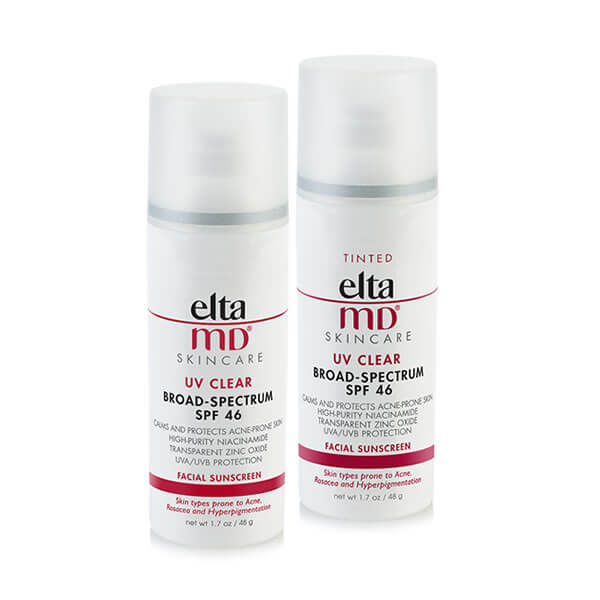
EltaMD UV Clear SPF 46
Oil-free EltaMD UV Clear helps calm and protect sensitive skin types prone to discoloration and breakouts associated to acne and rosacea. It contains niacinamide (vitamin B3), hyaluronic acid and lactic acid, ingredients that promote the appearance of healthy-looking skin. Very lightweight and silky, it may be worn with makeup or alone. Choose from tinted and untinted formulas for use every day. 1.7 oz / 48 g
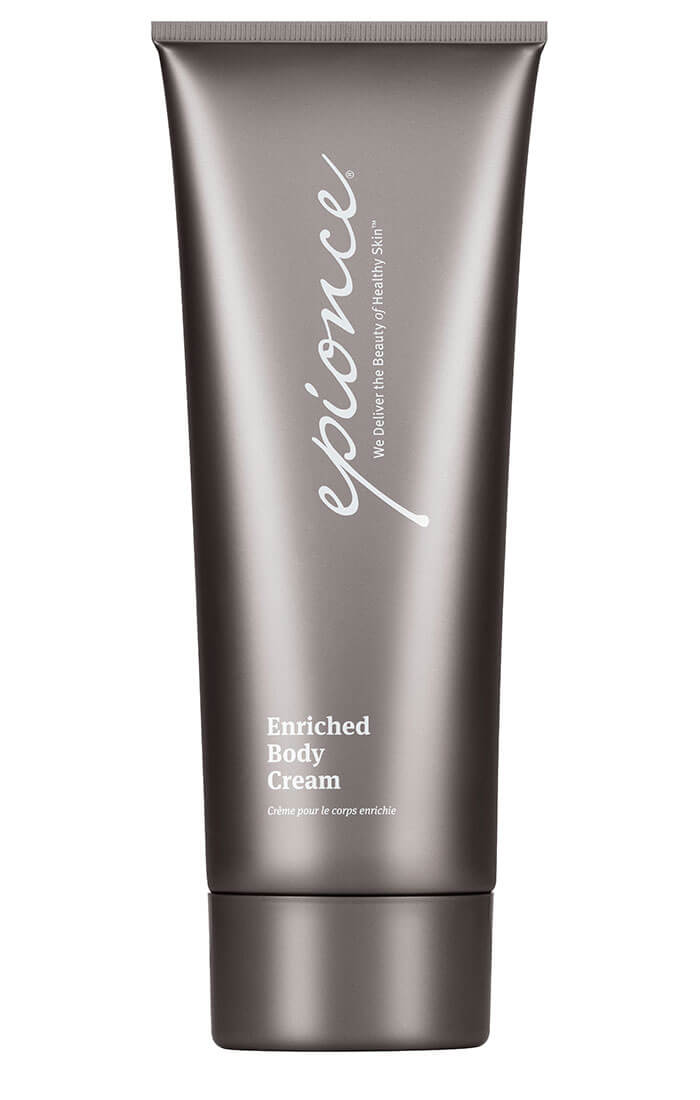
Epionce Enriched Body Cream
Luxuriously rich all-over body cream provides instant, long-lasting hydration to soften and smooth the skin. Provides maximum hydration for dry skin on the hands, feet and elbows; body butter consistency ideal for daily use.
Related Blog Posts
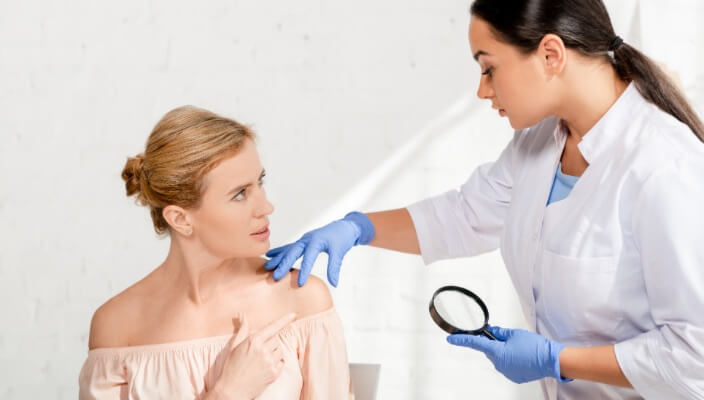
- Skin Cancer
- General Dermatology
- Chronic Skin Conditions
Learn more about the most common types of skin lesions we see at Cumberland Skin and how our dermatologists remove them.
Read More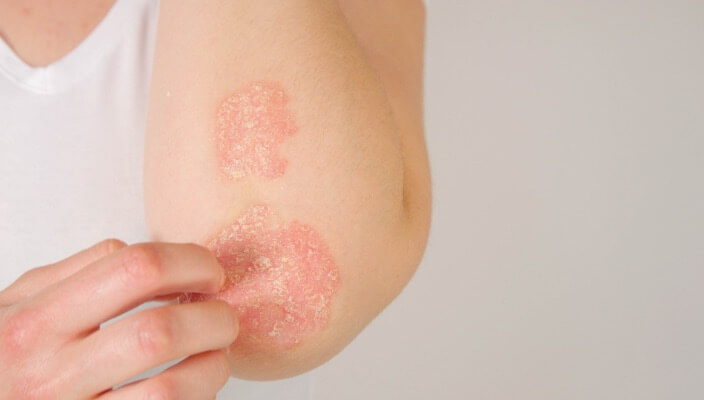
- General Dermatology
- Chronic Skin Conditions
Learn the differences between dry skin, eczema, and psoriasis, their distinct characteristics, and potential triggers. Gain valuable insights into identifying symptoms and seeking appropriate treatment to effectively managing these common skin conditions.
Read More
- Skin Care
- Cosmetic Treatments
Unlock the secrets to achieving radiant, glowing skin. Explore expert tips and skincare routines tailored to nourish and revitalize your complexion, empowering you to embrace a luminous and youthful appearance.
Read More

